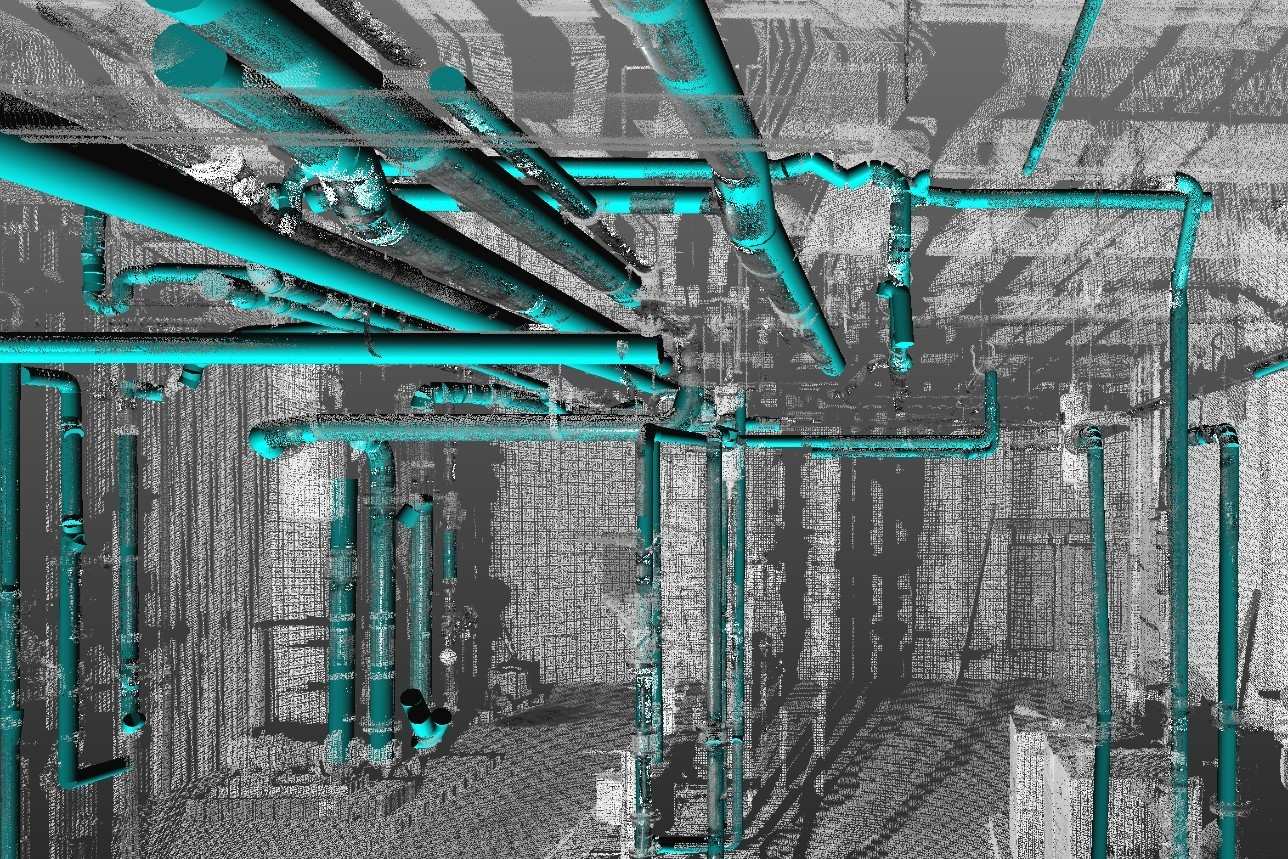
Building Information Modeling (BIM) is transforming the construction industry. But what exactly is BIM? BIM is a digital representation of the physical and functional characteristics of a facility. It serves as a shared knowledge resource, providing a reliable basis for decisions during a building's lifecycle, from inception to demolition. Imagine having a 3D model that not only shows the structure but also integrates data about materials, costs, and timelines. This technology enhances collaboration among architects, engineers, and contractors, reducing errors and improving efficiency. Curious about how BIM can revolutionize construction projects? Here are 27 facts that will give you a deeper understanding of this game-changing tool.
What is Building Information Modeling (BIM)?
Building Information Modeling (BIM) is a digital representation of physical and functional characteristics of a facility. It serves as a shared knowledge resource for information about a facility, forming a reliable basis for decisions during its lifecycle. Here are some fascinating facts about BIM:
-
BIM is not just a 3D model; it includes data about the building's components, materials, and systems.
-
BIM can simulate real-world performance, helping architects and engineers predict how a building will behave under various conditions.
-
The concept of BIM dates back to the 1970s, but it gained significant traction in the 2000s with advancements in technology.
Benefits of Using BIM
BIM offers numerous advantages for construction projects, from design to maintenance. These benefits make it an essential tool in modern architecture and engineering.
-
BIM reduces errors and rework by providing accurate and detailed information early in the design process.
-
It enhances collaboration among project stakeholders, ensuring everyone is on the same page.
-
BIM can lead to significant cost savings by optimizing resource use and reducing waste.
-
It improves project timelines by streamlining workflows and identifying potential issues before construction begins.
BIM in Different Phases of Construction
BIM is useful throughout the entire lifecycle of a building, from initial design to demolition. Each phase benefits uniquely from this technology.
-
During the design phase, BIM helps create detailed and accurate plans that can be easily modified.
-
In the construction phase, BIM provides precise information that helps contractors execute the design correctly.
-
For facility management, BIM offers a comprehensive database of building information, aiding in maintenance and operations.
-
When it comes to renovations, BIM allows for better planning and execution by providing detailed information about existing structures.
Technological Aspects of BIM
BIM relies on advanced technology to function effectively. Understanding these technological aspects can provide deeper insights into its capabilities.
-
BIM software often includes features like clash detection, which identifies conflicts between different building systems.
-
Cloud-based BIM platforms enable real-time collaboration and data sharing among project teams.
-
Augmented Reality (AR) and Virtual Reality (VR) are increasingly being integrated with BIM to provide immersive experiences.
-
Artificial Intelligence (AI) and Machine Learning (ML) are being used to analyze BIM data for predictive maintenance and optimization.
Global Adoption of BIM
BIM is gaining popularity worldwide, with many countries mandating its use for public construction projects. This global adoption highlights its importance in the construction industry.
-
The UK government mandated the use of BIM for all public sector construction projects in 2016.
-
Countries like Singapore and the UAE have also implemented BIM standards to improve construction quality and efficiency.
-
In the United States, BIM adoption is growing, especially in large-scale projects and government contracts.
-
Scandinavian countries are among the leaders in BIM adoption, using it extensively in both public and private sectors.
Challenges and Future of BIM
Despite its many benefits, BIM faces some challenges. However, the future looks promising as technology continues to evolve.
-
One of the main challenges is the high initial cost of BIM software and training.
-
There is also a need for standardization across the industry to ensure compatibility and interoperability.
-
Data security is a concern, especially with cloud-based BIM platforms.
-
The future of BIM includes the integration of Internet of Things (IoT) devices, providing real-time data for building management.
-
Digital twins, which are virtual replicas of physical buildings, are becoming more common and are closely related to BIM.
Interesting Facts About BIM
Here are some additional intriguing facts about BIM that highlight its versatility and impact.
-
BIM can be used for infrastructure projects like bridges, roads, and tunnels, not just buildings.
-
It supports sustainable design by allowing architects to analyze energy performance and environmental impact.
-
Some universities now offer specialized courses and degrees in BIM, reflecting its growing importance in the construction industry.
The Power of BIM
Building Information Modeling (BIM) has revolutionized the construction industry. It’s not just a tool but a game-changer. From enhancing collaboration to reducing costs, BIM offers countless benefits. It helps in visualizing projects before they’re built, ensuring fewer errors and better outcomes. Sustainability is another key advantage, as BIM promotes efficient resource use.
Adopting BIM means staying ahead in a competitive market. It’s about embracing technology to improve productivity and quality. Whether you’re an architect, engineer, or contractor, BIM is essential for modern construction projects.
Understanding these 27 facts about BIM can help you appreciate its impact. It’s clear that BIM is here to stay, shaping the future of construction. So, dive into BIM and see how it can transform your projects. The future of construction is digital, and BIM is leading the way.
Was this page helpful?
Our commitment to delivering trustworthy and engaging content is at the heart of what we do. Each fact on our site is contributed by real users like you, bringing a wealth of diverse insights and information. To ensure the highest standards of accuracy and reliability, our dedicated editors meticulously review each submission. This process guarantees that the facts we share are not only fascinating but also credible. Trust in our commitment to quality and authenticity as you explore and learn with us.
